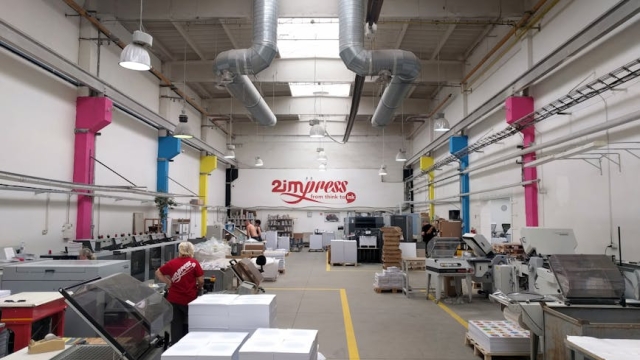
The beverage industry is a dynamic field where efficiency, quality, and consumer demand play pivotal roles. Among the various processes involved in beverage production, juice filling technology stands out as a crucial element. This technology not only ensures that juice is packaged efficiently but also maintains its quality and freshness. Understanding the evolution, innovations, and best practices in juice filling technology can greatly benefit producers and consumers alike.
Overview of Juice Filling Technology: A Historical Perspective
The journey of juice filling technology has evolved significantly over the years. In its early stages, juice filling relied heavily on manual processes, which were labor-intensive and often prone to contamination. As the demand for packaged juices grew, manufacturers sought more efficient methods. The introduction of automated machinery marked a significant turning point, allowing for increased production speeds and improved hygiene standards. Over time, advancements in materials and design further refined these systems, emphasizing the importance of durability and efficiency in production lines.
Latest Innovations in Juice Filling Machinery
Modern juice filling technology has seen numerous innovations that enhance both the efficiency and effectiveness of the filling process. One notable advancement is the integration of smart technology into filling machines. These systems can monitor key parameters such as temperature and pressure, allowing for real-time adjustments that ensure optimal filling conditions. Additionally, advancements in pump technology have led to more precise filling, reducing waste and ensuring that each container is filled accurately. These innovations not only improve productivity but also contribute to better product quality and consistency.
Comparative Analysis of Different Juice Filling Methods
When considering juice filling technology, it is essential to evaluate the various methods available, each with its advantages and disadvantages. The most common filling methods include:
- Gravity Filling: This traditional method uses gravity to fill containers. It is simple and cost-effective but may not provide the precision needed for high-speed operations.
- Vacuum Filling: This technique removes air from the container before filling, which helps in preserving the juice's freshness. However, it may require more complex machinery and maintenance.
- Pressure Filling: By using pressure to fill the containers, this method ensures consistent fill levels and is suitable for carbonated juices. The downside is that it may involve higher initial equipment costs.
Each method has its unique strengths and is suited for different production needs, making it essential for manufacturers to assess their specific requirements carefully.
Best Practices for Selecting Juice Filling Equipment
Choosing the right juice filling equipment is critical for optimizing production efficiency and maintaining product quality. Here are some best practices to consider:
- Assess Production Volume: Determine your production needs to choose equipment that can handle your expected output without bottlenecks.
- Focus on Flexibility: Opt for machinery that can handle various bottle sizes and types to adapt to changing market demands.
- Evaluate Ease of Cleaning: Given the perishable nature of juice, choose equipment that allows for easy cleaning and maintenance to ensure hygiene.
Additionally, consulting with experienced suppliers and reviewing machine specifications can provide valuable insights that aid in making informed decisions.
Future Trends in Juice Filling Technology
As the beverage industry continues to evolve, several trends are likely to shape the future of juice filling technology. One significant trend is the increasing emphasis on sustainability. Manufacturers are exploring eco-friendly materials and processes to minimize their environmental impact. Furthermore, the rise of e-commerce is influencing packaging designs and filling processes, as producers seek to meet the demands of direct-to-consumer shipping.
Moreover, advancements in automation and artificial intelligence may lead to even greater efficiencies and quality control in the filling process. Producers who stay ahead of these trends will be better positioned to meet consumer expectations while optimizing their operations.
In conclusion, understanding juice filling technology is vital for anyone involved in the beverage industry. By appreciating its historical context, exploring the latest innovations, analyzing different filling methods, and adhering to best practices, producers can enhance their operations and ensure high-quality products for consumers. For further exploration of equipment options, consider looking into specialized machinery that aligns with your production goals, such as those available at Zenith Filling.

